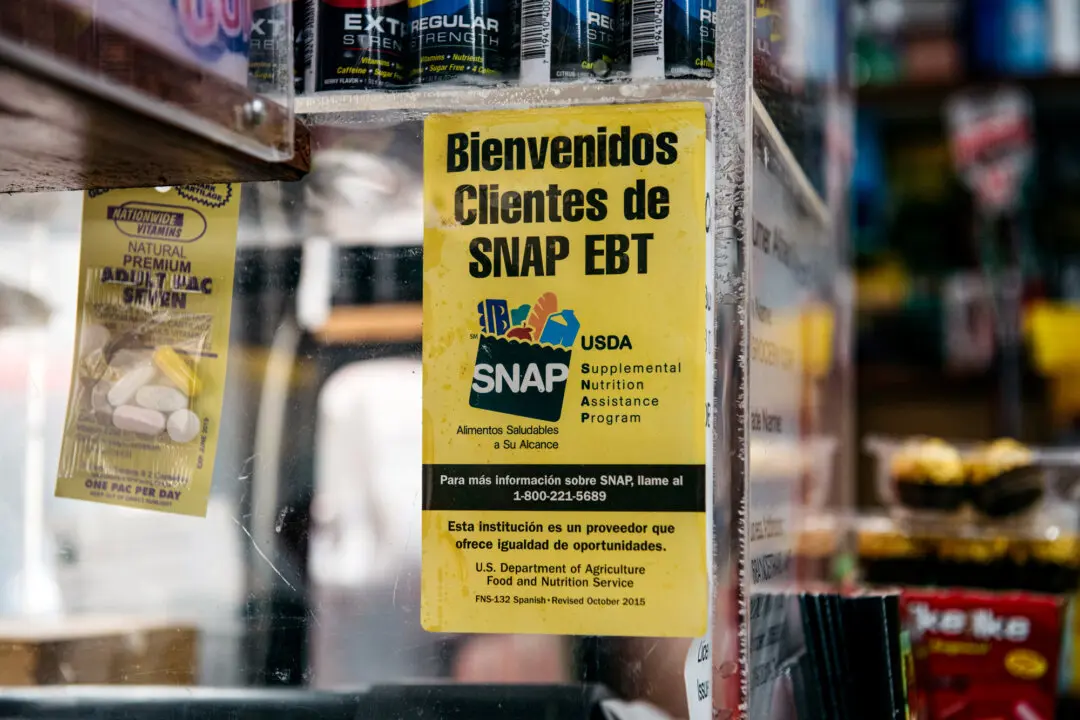The Environmental Protection Agency (EPA) has announced it plans to rescind a ban on the use of the pesticide chlorpyrifos—which has been linked to multiple health issues including learning disabilities and behavioral disorders in children—in some cases, following an appeals court ruling.
The EPA said in an update on Dec. 18 that it would not challenge the appeals court ruling and would “expeditiously” propose a new rule to ban all uses of the pesticide except for 11 that were referenced in the court ruling that are used for alfalfa, apples, asparagus, cherries, citrus, cotton, peaches, soybean, strawberries, sugar beet, and wheat, which is just over half of the total chlorpyrifos usage.





